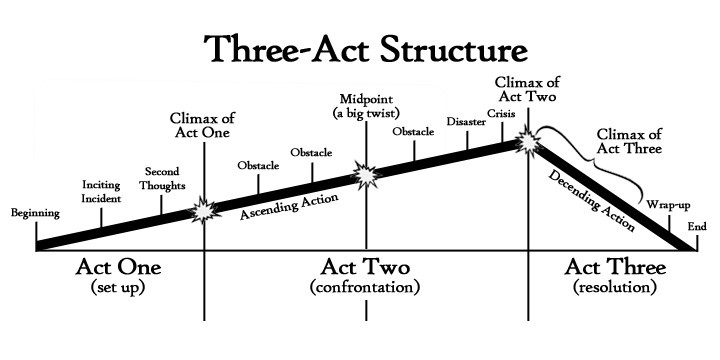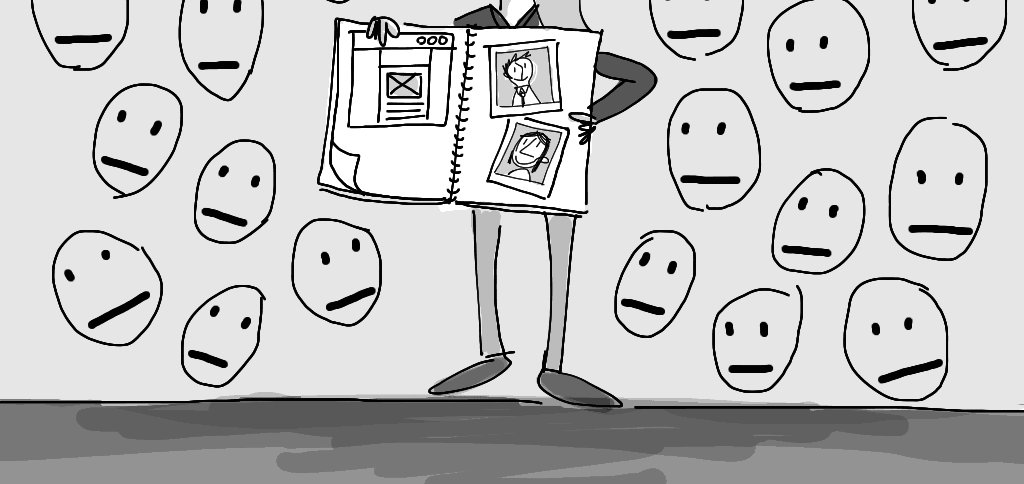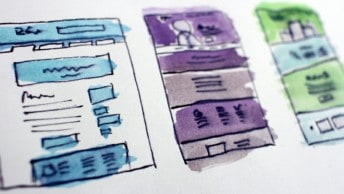UX talent is at a premium right now and has been difficult for employers to find.
This difficulty is unsurprising when you consider that there are no consistent standards applied in UX job ads—the roles require varying skillsets, responsibilities, education and program knowledge.
Because it is an umbrella term for many user-related activities, UX will mean different things to different employers.
So what are recruiters, design managers, and companies actually looking for in a UXer during the hiring process? What can make you stand out?
I recently reached out to hiring managers in the User Experience, User Interface, Product Designers and UX Research spaces and have put together 5 insights from hiring managers to keep in mind when applying for a UX job:
1. Make connections
One of the best ways to break into UX is to have a common connection. Grow your circle professionally and personally. Some ways you can do this:
- Participate in an event like Startup Weekend—it’s global. UXers are in demand at these events and over the course of a weekend you can build a number of great industry contacts or even a portfolio piece.
- Talk with professionals, conference speakers and students and attend local meet-ups.
- Develop a mutually beneficial relationship with a recruiter that you trust. A recruiter can really help you open doors.
- Hanging out on Twitter is a great way for UXers to make connections and break the ice while gaining a lot of great bits of wisdom and perspective. Take a look at UX Mastery’s Follower’s list on Twitter for inspiration.
Do something, no matter how small, every day.
2. Get real experience
I can’t emphasize enough the nature of experience—even a 3-month internship—makes. Bram Wessel boiled it down to a very simple statement after one event:
Not a shortage of talent or passion … but a shortage of applied experience.
Learn everything you can about experience design. Do projects to get experience under belt. This is not always easy when you are new to UX, but do some volunteering, take on contracts or apply your proficiency from another industry to your UX toolkit. Most importantly, recruiters want to see you show your problem-solving skills.
3. Practise Telling your UX Story
User Experience Designers are storytellers.
—Patrick Neeman, usability counts
A common thread in UX roles is the need to tell stories every day to explain the user’s needs to others. This skill is also what UX hirers are looking for during the interview process.
The biggest mistake many recruiters see in UX portfolios is “letting the work speak for itself.” Great stories don’t just happen, but like UX, require thought, practice and iteration.
If you are not a natural storyteller, use this Three-Act Structure (Setup > Confrontation > Resolution) to form your UX story.

Formal interviews will generally take the form of a behavioural interview, which is answering questions about a specific situation you’ve encountered in the past in the format of the situation’s context > action > result. This is a similar approach to the three-act structure.
Practice this approach to story-telling and behavioural interviewing.
Further reading: The UX Portfolio: Telling Your Story
4. Fine-tune your Portfolio
A portfolio is your key strategic advantage and biggest asset after any direct connections to break into UX.
If you are new to UX and don’t have a lot of prior experience, donate your time to a not-for-profit or friend’s business to come away with a solid project you can use to tell your story. Use the storytelling tips in #4 to structure your portfolio.
The number #1 novice mistake I see is presenting yourself as too much of a mixture: UX/UI/Visual/Photographer/Writer/Illustrator … etc. I would caution that if you are a novice, build your portfolio around one area first before trying to be all things to all people.
And ask yourself if you really need a “/” or “&” in your description.
Further reading: 10 Steps To A Perfect UX Portfolio
5. Practise your Interview Skills
The perfect User Experience role is not only going to be about credentials and work experience, but about your attitude and personality, as well as the culture of the organisation. UX hirers love it when you:
- Have done your research about the organisation and team.
- Get in front of a whiteboard to tell your stories.
- Engage with the interviewer. Make eye contact.
- Bring an iPad or paper documentation (or a hard copy of your portfolio).
UX Design Hiring Managers are slowly moving away from expecting the perfect UX “Unicorn”.
You don’t need to be a magical one-horned figure that can do everything for everyone. However, you do need to be able to tell your UX story, demonstrate your problem-solving skills and be a cultural fit for the organisation.
Demonstrating your problem solving skills is much easier when you have a background in UX and a range of past projects to draw on, but there are ways new-to-UX applicants can shine.
Think outside the square. Become a wonderful storyteller. You don’t need to be Shakespeare to communicate your UX story.






That’s really… really helpful. Thank you for writing this.
Thank-you!
Dear Troy,
Thanks for sharing experiences. I am working for Indian Government clients where most of the time my work revolves around catering all clients needs for visuals, websites & Print work. They were least bother for UX Design. From last few months I tried & make my clients undersatnd the Importance of UX. Now I do some UX related things like making prototypes wireframes usability testing.
My question is how I can make portfolio while I am abide by Non Disclosure Agreement.
Second how to crack an interview when most of the UX related things were not practice where I am working.
Deepak,
Thank-you for your comments and I can understand your challenges. A couple of thoughts and suggestions:
How can you build your portfolio while honoring your Non Disclosure Agreement (NDA)?
I recommend developing work that is outside of and completely clear of your NDA conditions. This might be outside your current industry, pro-bono (free or donated) work or partnering on a passion project with someone else equally excited to collaborate. If you have a project that is absolutely perfect, but under NDA, then I suggest applying the same rigor, process and UX thinking to a similar problem in a different business space.
How do you get a UX interview when you are not practicing UX in your current role?
Same answer. A UX Manager is always going to want someone with at least some experience over none. Even a short internship of 3 months or a small service, website or app you helped develop in your spare time is better than nothing.
I know it is easy to just say these things, but everyone was a beginner at one time. I wish you the best with your next steps.
– T.
Thanks Troy for your Valuable Suggestions
“The number #1 novice mistake I see is presenting yourself as too much of a mixture: UX/UI/Visual/Photographer/Writer/Illustrator … etc.”
But what if you really *are* all the /s you present yourself as, and you have the proof to back it up, and you’re not new? Is it still better to focus on just one thing? Or is the answer (as it often is), it depends?
The spirit behind this point is that you need to be ONE thing before you can be MANY things to a potential employer, hiring manager or client.
Everyone has more than one thing to offer and most people in this industry are truly multi-faceted and multi-talented. The issue is focus. If you can’t present yourself with a clear focus, particularly when starting out, how can you provide focus on a product or service?
As you become a more seasoned professional, yes, your skill set and service offering can grow, but it still needs to be an area of domain expertise. There is a world of difference between presenting yourself as a UX Designer with illustration and copywriting skills through your work and branding as Designer/Writer/Illustrator/Photographer/Etc.
Ahhh ok! That makes perfect sense. :) Thanks!
Thank you ! That’s really helpful
Here is a sixth way to stand out that has worked for quite a few UXers that I know.
Take a video (that you’ve analysed) of a user or two with you into the interview – not to show that you know how to test, but to demonstrate that you’re bringing the user into the room and making them part of the conversation. Even before you’ve started.
This works.
I heard about that too, and that’s how one of my friends landed his dream UX job!
This is an absolute eye-opener for me. Thank you!